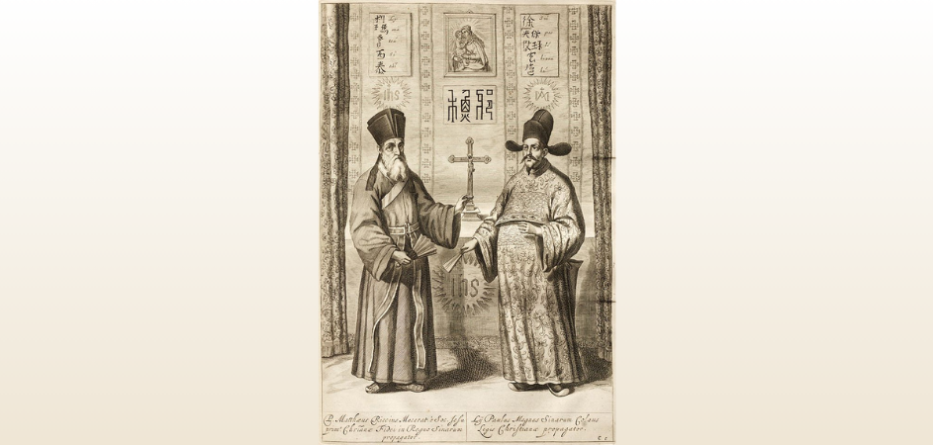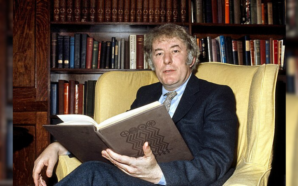On Friday, Nov. 15, the Pontifical Gregorian University in Rome hosted an international conference on Matteo Ricci, the famous 16th-century Jesuit missionary to China and one of the university’s most famous alumni.
The conference, titled “Matteo Ricci: A Heritage of Friendship, Dialogue and Peace,” not only looked back to the 16th century, revisiting the life and mission of Ricci in China; it also reviewed developments in Rome and China over the past 40 years that witnessed what one might call a rediscovery—or certainly a re-evaluation—by the church of the Jesuit missionary’s contribution to evangelization and Christianity in China.
The conference was organized by the Society of Jesus, the Archives of the Society of Jesus and Georgetown University. Federico Lombardi, S.J., postulator of Ricci’s canonization cause, acted as moderator. It brought together about 150 people, including university professors, Chinese priests and students and leading figures from the Vatican involved in the dialogue with China, including Cardinal Pietro Parolin, the secretary of state. Other significant figures included Arturo Sosa, S.J., the superior general of the Jesuits.
The aim of the conference, Father Lombardi said, was “to celebrate the memory and the mission of Matteo Ricci” with an emphasis on “the exploratory dialogue” conducted by this great pioneering missionary in the Chinese capital. Today, he said, Ricci is “a figure of reference and inspiration” for the church and its dialogue with China.
To continue reading this article, click here.
Gerard O’Connell is America’s Vatican correspondent and author of The Election of Pope Francis: An Inside Story of the Conclave That Changed History. He has been covering the Vatican since 1985.
With thanks to America and Gerard O’Connell, where this article originally appeared.








